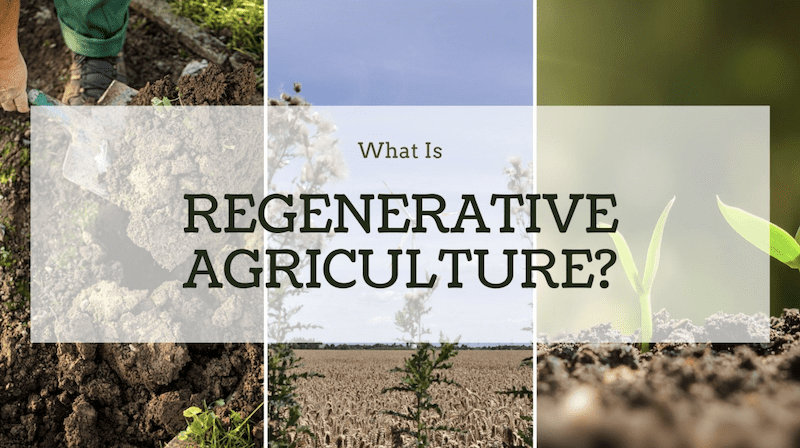Agroecology: The Practice of Regenerative Farming
Agroecology represents a paradigm shift in how we view and manage agricultural systems. It transcends the traditional concept of merely cultivating crops; it emphasizes the care and cultivation of the entire ecosystem. At its core, this is a methodology that unifies ecological principles and agricultural methods, with the goal of boosting the comprehensive well-being of the environment. Among the various facets of agroecology, regenerative farming stands out. This methodology not only aims for sustainability but also actively endeavors to enhance and rejuvenate the land. This article will explore the numerous benefits of regenerative farming, from enhancing soil health and biodiversity to bolstering plant nutrition and supporting the natural environment.
Benefiting the Soil
Regenerative farming practices have profound benefits for soil health. By reducing or eliminating tillage, using cover crops, and practicing crop rotation and diversification, regenerative farming can increase soil organic matter and improve soil structure. This leads to improved water retention and nutrient availability, making farmland more resilient to drought and other extreme weather conditions.
Soil is a dynamic living entity containing all forms of myriad microorganisms, which include bacteria, fungi, and a variety of invertebrates. These organisms play critical roles in nutrient cycling, disease suppression, and overall soil health. Regenerative farming fosters a robust subterranean ecosystem, creating a hospitable environment for these beneficial organisms to thrive.
Growing Healthier, More Nutritious Plants
Healthy soil leads to healthier, more resilient plants. Through regenerative farming, crops have better access to balanced nutrients, leading to increased nutritional content and improved flavor. Furthermore, these practices can enhance plant resilience to pests and diseases, reducing the need for synthetic pesticides.
Building Biodiversity
Regenerative farming is a powerful tool for promoting biodiversity, both above and below ground. Farmers who cultivate a variety of crops and cover crops foster a diverse habitat, accommodating a broad spectrum of organisms. These range from microbes residing in the soil to advantageous insects, birds, and various other forms of wildlife. This variety is not only beneficial for the natural ecosystem but also enhances crop health and productivity by attracting pollinators and beneficial predatory insects.
Strengthening the Natural Environment
Regenerative farming doesn't just coexist with the natural environment — it actively enhances it. By building healthier, more resilient soil, regenerative farming can help sequester carbon, combating climate change. Furthermore, it aids in maintaining cleaner air and water by curbing the dependency on synthetic fertilizers and pesticides and decreasing water runoff.
Moreover, these practices foster a resilient landscape that can better withstand and recover from environmental stresses. The rich, well-structured soil is less susceptible to erosion, while the diversity of plant and animal life promotes a balanced ecosystem that can adapt to changes more effectively.
Utilizing the Natural Environment to Fertilize Plants
A key tenet of regenerative farming is the philosophy of collaborating with, rather than opposing, nature. Instead of a heavy reliance on synthetic fertilizers, farmers lean towards utilizing natural methods and resources for the fertilization of their crops. This includes composting, green manures, and leguminous cover crops that naturally fix nitrogen from the air into the soil. By harnessing these natural processes, regenerative farmers can maintain and even enhance soil fertility in a sustainable and environmentally friendly way.
Agroecology and regenerative farming present an inspiring vision of agriculture's future. These methodologies underscore a comprehensive, ecological perspective, recognizing and respecting the interconnectedness of all elements within the ecosystem. The benefits are manifold — from healthier soil and plants to enhanced biodiversity and a more resilient natural environment.
Confronted with the dual challenges of climate change and increasing food demand, the principles of regenerative farming provide a roadmap towards a future of sustainable and thriving agriculture



.png)
.png)
.png)

.png)